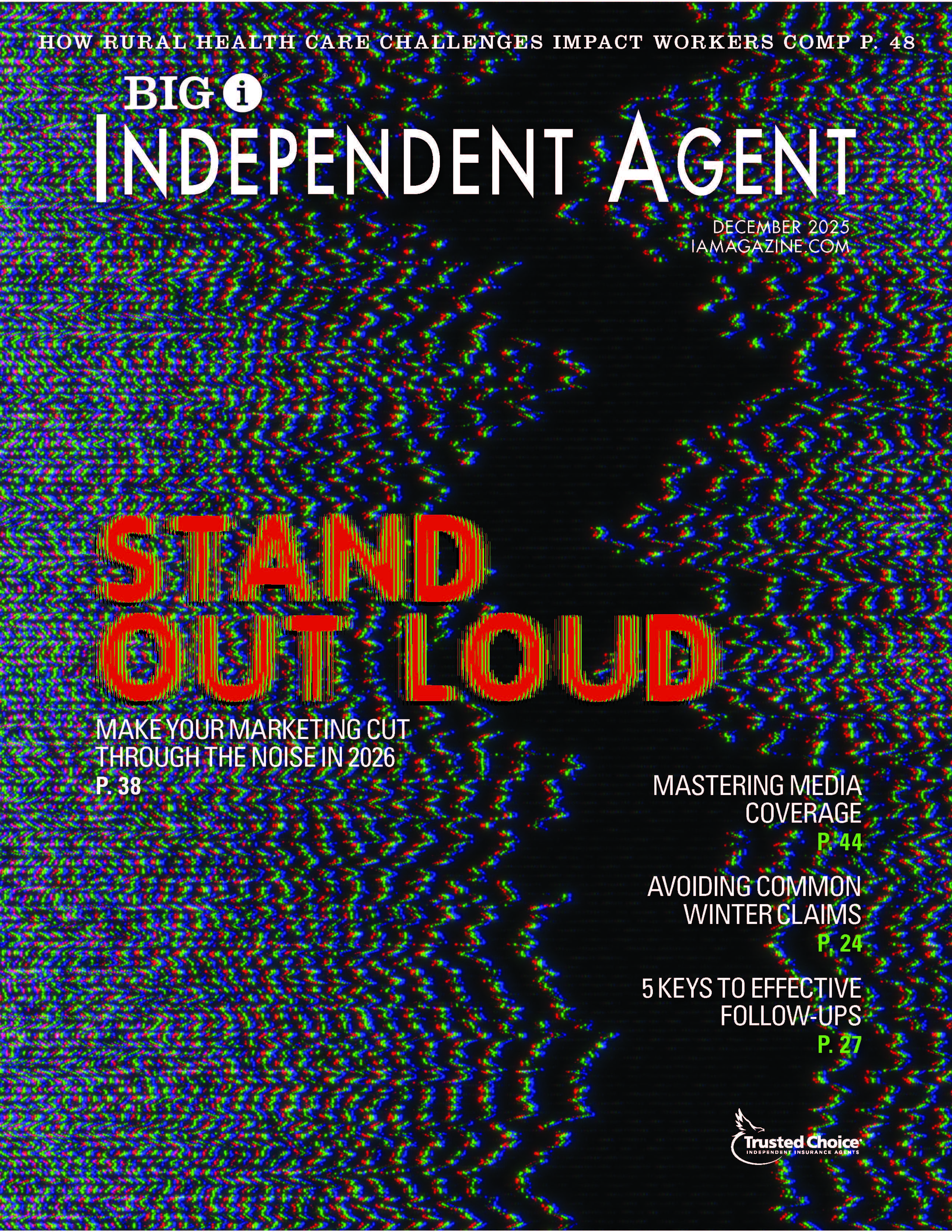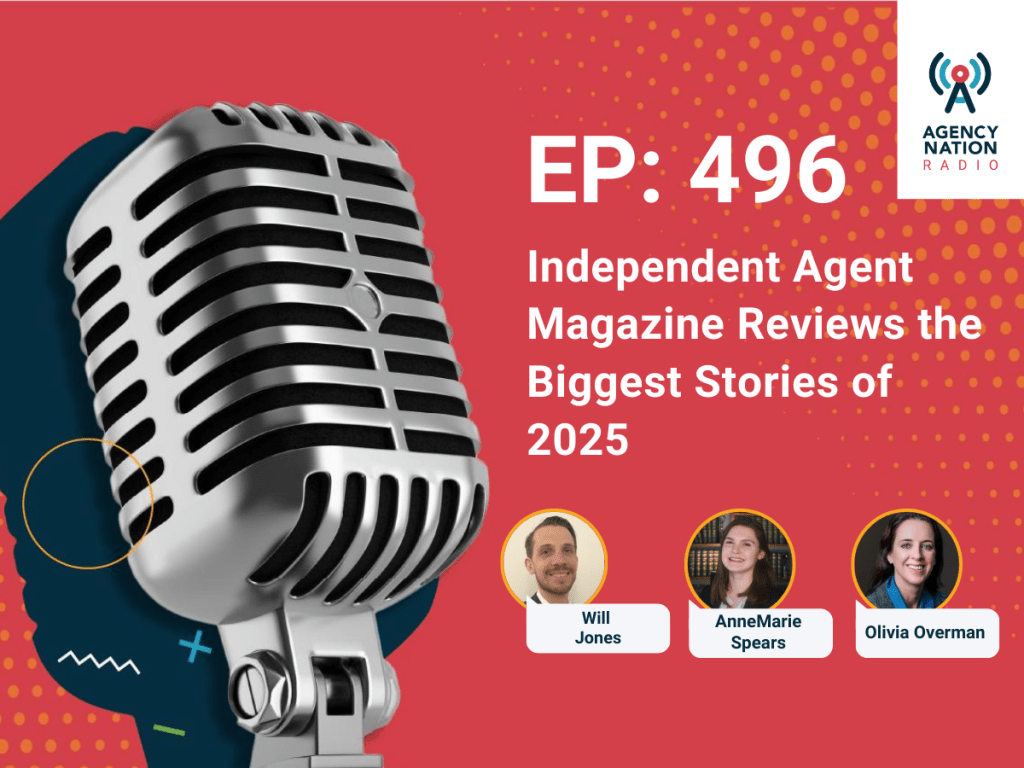Why Business Income is the Most Important Property Coverage

By: Chris Boggs
No business exists for pride of ownership or to give the owner something to do. Businesses exist for one reason only: to make money.
Any business that generates insufficient or no income and profit will cease to exist. And that’s why business income insurance is the most important property coverage.
The Facts
In 2015, there were approximately 104,600 nonresidential and commercial structure fires in the U.S., according to statistics from the FEMA U.S. Fire Administration for the most current year with complete data. That number translates to a nonresidential or commercial structure fire every five minutes—and nearly $2.7 billion in direct property damage alone.
But what those numbers don’t include is an amount for indirect business income loss, which could be four times higher than direct property loss.
It’s difficult to find indisputable statistical data regarding the number of businesses that never reopen following a catastrophic property loss, such as a fire. The insurance industry has long held that 25-30% of businesses never reopen after suffering a catastrophic loss that causes a total shutdown for longer than 30 days. But this percentage could be much higher—at least one study puts it at 43%.
Even this oft-quoted yet unsubstantiated statistic fails to include the percentage of businesses that do reopen but ultimately close, with the failure directly traceable to the catastrophic loss. Estimates suggest 30-40% of businesses that do reopen still fail within five years, pushing the total business failure rate due directly to an individually catastrophic loss percent to 50-60% when you consider both scenarios—not reopening, and closing shortly after reopening.
Additionally, the Institute for Business and Home Safety (IBHS) reports that 25% of businesses that shut down due to a “major disaster” never reopen. In this case, a “major disaster” is defined as a communal event, such as a hurricane or flood, rather than an individual event, such as fire. Note that IBHS developed these statistics before Hurricane Katrina.
If 60% of all nonresidential and commercial fires are catastrophic—and some reports indicate as many as 90% are—the U.S. lost approximately 15,690 businesses as a result of the 2015 fires. Add these fire-related shutdowns to the major disaster business closures reported by IBHS, and the number of business failures due to individual and communal disasters in 2015 climbs even higher.
If fire loss statistics remain constant in 2017 and natural disaster-related closures match IBHS numbers, the U.S. may lose more than 30,000 employers as a result of individual and communal disasters this year—which could put 100,000-200,000 people out of work.
The Solution
Most businesses that close as a direct result of a catastrophe don’t cease to exist because they lack adequate building and/or business personal property insurance. They close because there’s no money coming in the door.
Few businesses can remain viable without a source of income. Mortgages must be paid, rental expenses continue for the building, machinery and equipment, employees expect a paycheck or start looking for other jobs, and the insurance carrier wants its premium. These types of expenses continue even if the business is not open.
Obviously, the optimal goal is to properly insure the building, its contents and the business income. But of the three coverages, the most important is business income. Even if the building or contents are horribly underinsured, a business could still reopen and succeed in the aftermath of a catastrophe if it has sufficient business income coverage. Getting a loan to make up the difference between the insurance proceeds and the actual cost of rebuilding a building or replacing its contents is much easier when the business can show the bank a viable and sufficient income stream.
The Sale
But the hardest aspect of business income insurance is selling it. Why? First of all, many insureds don’t keep adequate records—and even if they do, they may be reluctant to release the required financial data. In addition, business income insurance isn’t a required coverage by lending institutions or lessors.
You essentially have two minutes during your client meeting to introduce, explain and convince your insured they need business income protection. Consider using the following script to help them see the light. You can easily tailor this to suit your specific approach and client:
Your business exists to make money—money to pay your employees, cover bills for rent, mortgage, supplies, taxes and so on, and hopefully leave enough for your personal use and benefit. The money you take home pays for your necessities—your house, food, clothes—as well as ‘niceties,’ like a bigger house, great vacations or private school.
Without an income stream, employees don’t get paid, bills don’t get paid and YOU don’t get paid. Business income protection assures both your business and you maintain a stream of income following a major loss.
Estimates suggest more than 30% of all businesses that suffer a ‘catastrophic loss’—one that causes them to close for more than 30 days—will never reopen, and another 25% will close within three to five years.
It is highly unlikely that these businesses closed due to the lack of or adequate insurance coverage for the building or the contents. Undoubtedly, most of these businesses closed due simply to lack of income. You may be able to get a loan to aid in rebuilding the building or replacing the contents, but lost income is just that—lost.
Yes, there’s an additional premium to cover your business income. But don’t view this coverage as an expense—it’s an investment in the continued viability of your company. Without a flow of income or massive cash reserves, your business and your personal income may cease to exist following a major loss. Of all the property coverages available, business income is the most important.
In reality, business income coverage is an exceptionally cheap protection considering the alternative. Does this sound like protection that will allow you to sleep better?
Learn More
To address some of these issues, the Big “‘I”’ Virtual University (VU) will present two business income webinars in the coming months:
- Wednesday, Oct. 11 at 1-3 p.m. ET: Business Income – THE Key Concepts for Business Income Excellence
- The four key business income concepts.
- The major business income policy provisions.
- How to calculate coinsurance and coverage amounts.
- Wednesday, Dec. 20 at 1-3 p.m. ET: Business Income – Are You Sure You Protected ALL the Insurable Income?
- How to complete the Business Income Worksheet (CP 15 15)
- The difference between “insurable” and “compensable” business income
- How to insure the additional loss of income that occurs once a business reopens
- How to properly insure the exposure created by dependent properties (contingent business income).
Continuing education is available in some states for both sessions. Visit the VU webinar webpage for a complete list. Note these are standalone webinars, so you can attend both or just the one that addresses your specific questions and needs.
Chris Boggs is executive director of the VU.










